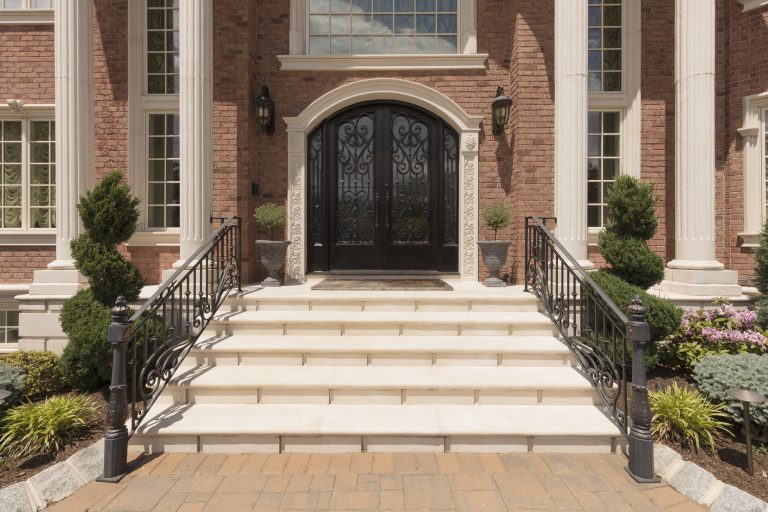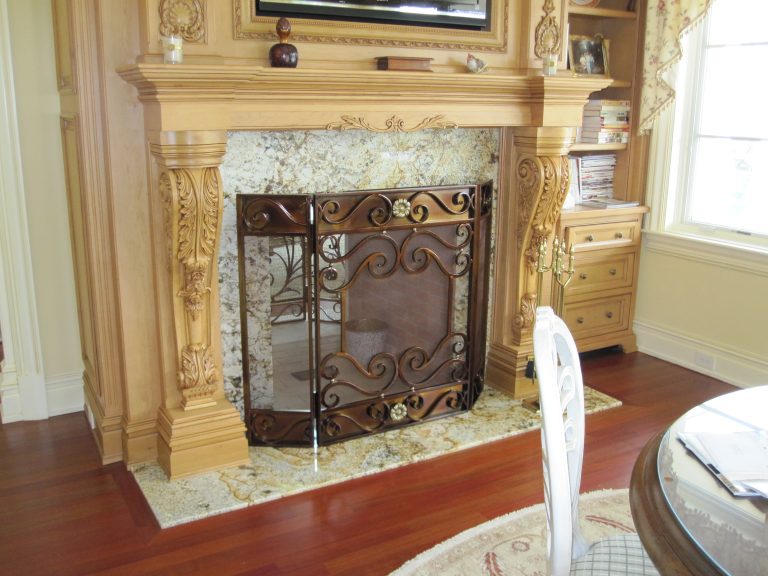Wrought iron works often border with true artistic masterpieces that please not only their owners’ eyes but also inspire the random passers-by with their beauty and detailed ornaments. Wrought iron in particular became a decoration signature of the Middle ages as it was easy to work with and could be effectively molded into any desired shape.
Wrought iron was used for cathedral fences in Spain and patios and entryways in France. It created a sense of grandeur and class that people praised and respected.
Centuries later many of the most intricate wrought iron structures still dazzle and attract tourists on a regular basis. Would you be interested in taking a glimpse of the 12 top famous attractions and landmarks using wrought iron? Here they are:
The Michael (Mikhailovsky) Garden, Saint Petersburg
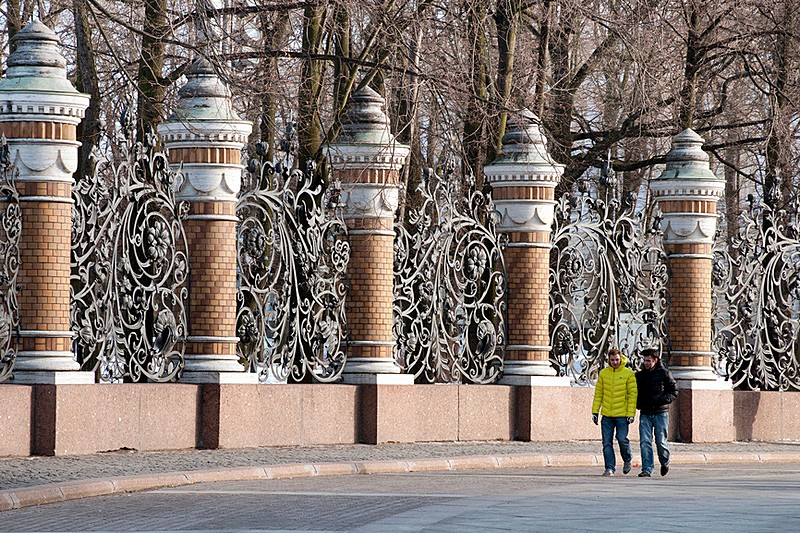
The Michael Garden has a long and interesting history. It was first used as Swedish hunting grounds, then as a French garden, and later as a labyrinth during the reign of Empress Elizabeth. The Garden takes its name after the palace it adjoins.
Since Peter the Great first commissioned architect Jean-Baptiste Alexandre Le Blond to create summer gardens for his wife Cathrine I. The Michael Garden became a favorite royal retreat. Its wrought iron fence on the other hand was really breathtaking. The wrought iron decorations spread beautifully along the garden, creating an impressive metal garden of their own.
The Eiffel Tower, Paris
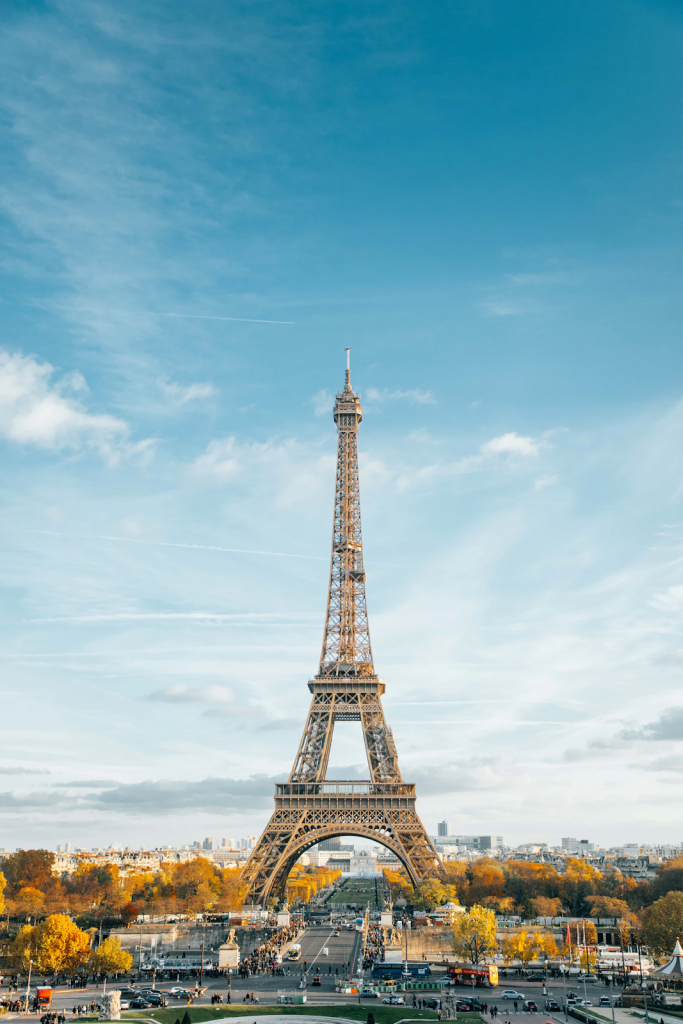
One of the most famous cultural landmarks commemorating the French Revolution – The Eiffel Tower was built with wrought iron. At the time of its construction, back in 1887, Gustave Eiffel received a lot of criticism for the tower design as people found it “an utterly useless monument”. However, that didn’t stop the visionary and he built the remarkable 1,063 ft tall tower – the tallest building in the world for over 40 years.
The tower construction required 7,300 tons of wrought iron, and that didn’t even include the material used for the lifts and shops on its premises. The wrought iron proved an excellent engineering choice. Eiffel created an iron construction so sturdy and stable that remains an impressive accomplishment even to nowadays architectural designs.
Jackson Square, New Orleans
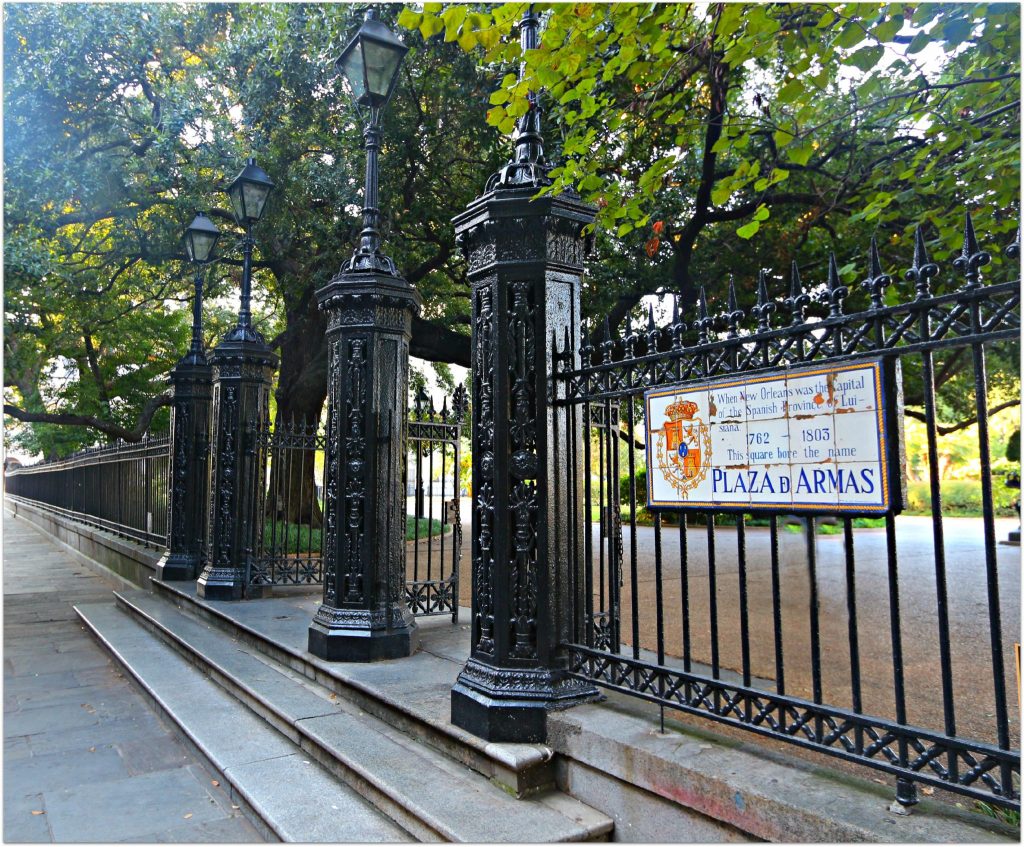
Jackson Square, originally known as the Place d’Armes (Weapons Square) is a fine example of how wrought iron can help celebrate remarkable achievements. The square was renamed to honor Andrew Jackson’s victory in the Battle of New Orleans and is surrounded by a wrought iron fence and posts with fleur-de-lis and coquille motifs dating back to the 1850s.
It’s worth noting that the Jackson Square fence work was inspired by the detailed cast-iron balconies of the Pontalba Buildings that were looking over the square.
Bibliothèque Sainte-Geneviève, Paris
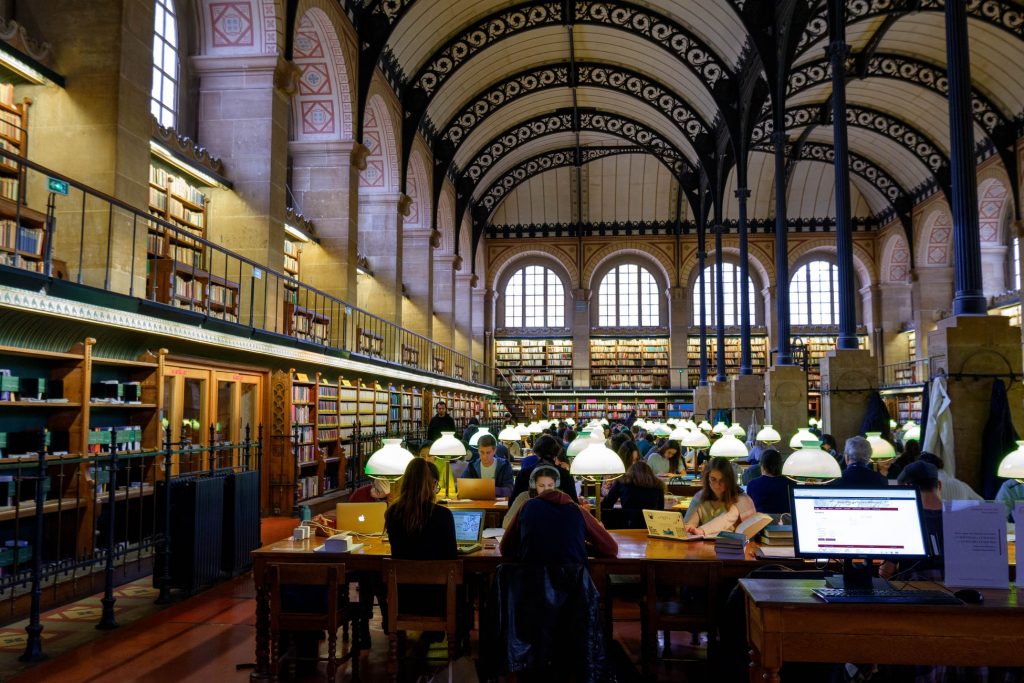
Henri Labrouste is the architect behind the design of the Bibliothèque Sainte-Geneviève in Paris. His most awe-inspiring accomplishment is found in the library’s reading room where you can notice wrought and cast iron ceiling supporting arches. The room draws visitors’ attention straight to that detailed ornamental work that is seamlessly integrated into the building’s design.
At the time, such architectural solutions were rather uncommon because wrought and cast iron were primarily used in ornamental work despite their many advantages. Labrouste, however, helped popularize wrought iron as a material worth experimenting with in a much larger context of applications than the standard decorative installations.
The Bell Edison Telephone Building (17 & 19 Newhall Street), Birmingham
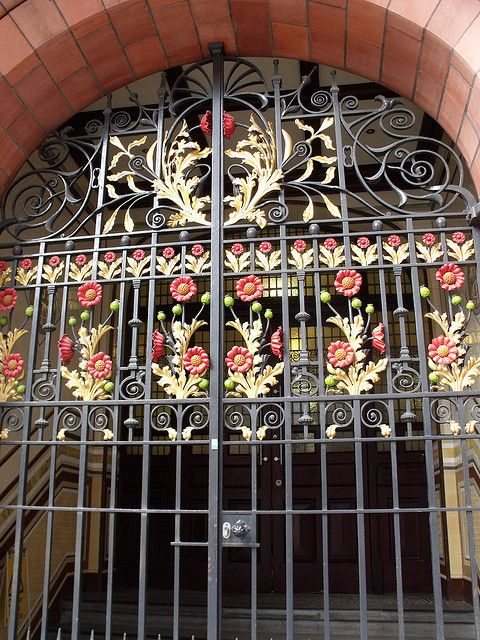
The Bell Edison Telephone Building is a brick and terracotta construction in the city center of Birmingham, England. It was designed in 1896 by Frederick Martin as the new Central Telephone Exchange, also housing the National Telephone Company. A remarkable addition to the distinct brick-colored exterior of the building is the wrought iron gate at its main entrance. The metal doors are decorated with floral motives in vivid red, golden, and green, revealing masterful attention to detail.
Casa Vicens, Barcelona
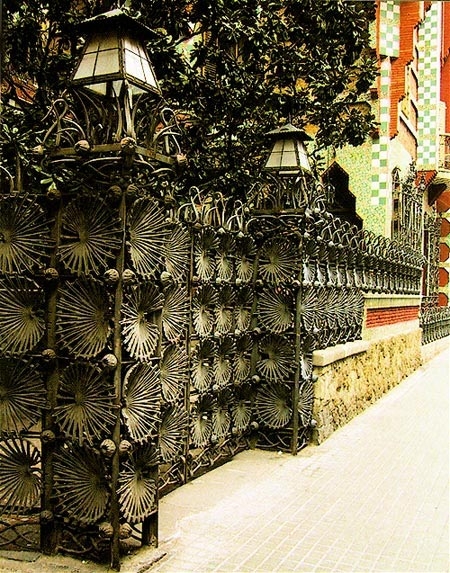
The vibrant summer home of the stockbroker Manuel Vicens I Montaner – Casa Vicens, Barcelona, was designed by the famous Catalan architect Antoni Gaudi. The remarkable building is considered one of the first pieces following the Art Nouveau style.
Its eccentric geometry and unusually bright colors are perfectly complemented by the elaborate wrought iron fence. The palm leaves Gaudi’s incorporated in the frames of the fence are a tribute to Nature, further recognized in many of his buildings.
Canada Gate, London
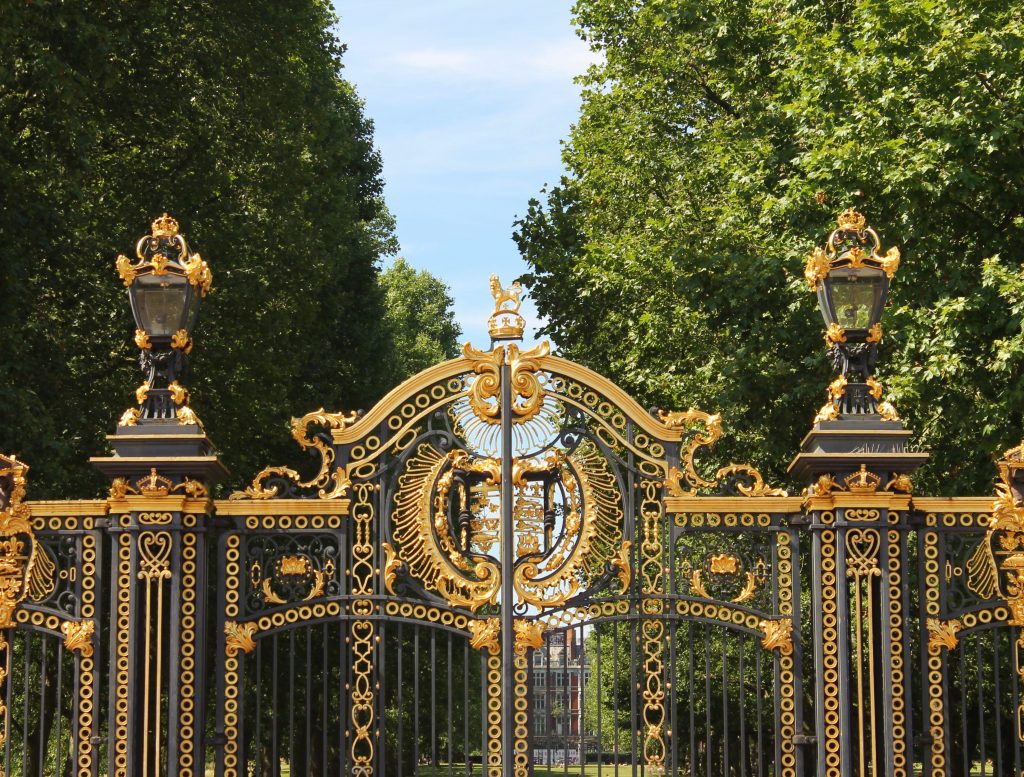
The London Green Park entrance is also known as the Canada Gate. It is a gift from Canada (then the senior Dominion of the British Empire) and is dedicated to Queen Victoria. The wrought iron gate in neoclassical style is adorned with the flags of the seven Canadian provinces from the 1910s. The whole construction consists of 5 gilded wrought iron doors, with the central one being the largest and most elegant of them all. The portals are supported by posts crowned with gas lanterns that add to the royal feel of the fine ironwork.
The Iron Pillar of Delhi
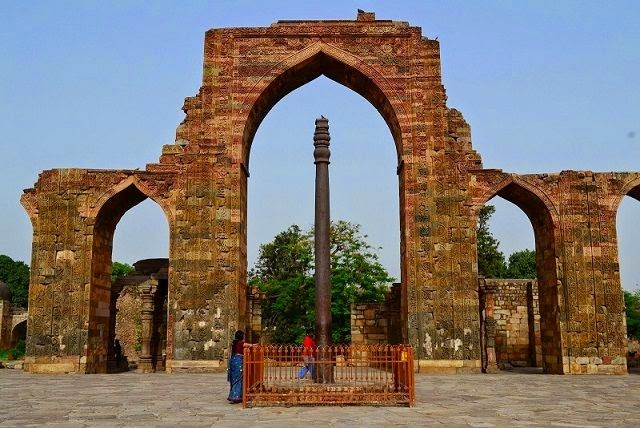
Speaking of endurance there’s one wrought iron structure that can’t be missed – The Iron Pillar of Delhi. The post is 7.3 meters high, weighs 6 tons, and is 1,600 years old. According to the inscriptions the pillar was erected to celebrate the battle victories of King Chandra and to honor the Hindu God Vishnu.
Raising high in the middle of the Qutb complex, the monument has resisted the elements and remained intact for centuries. The wrought iron pillar is considered a testament to the mastery of ancient Indian iron smiths and the endurance of this fine material.
The Bollman Truss Railroad Bridge, Savage Maryland
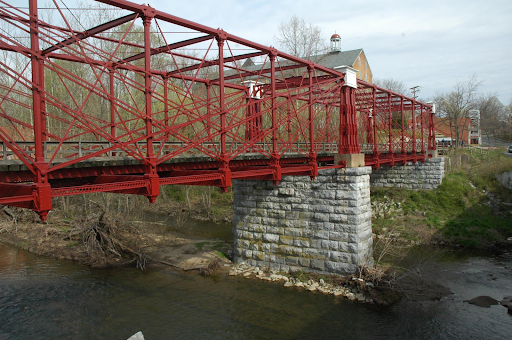
Named “the sole surviving example of the revolutionary design of American bridge engineering”, The Bollman Truss Railroad Bridge was created around the 1850s. The 160-foot bridge is an all-metal construction made of wrought iron and is the first such design to be adapted and frequently used in railroads. In 1887, the original installation had to be moved, so the currently standing bridge is just a reproduction of the initial project. Despite that, the sturdy wrought iron bridge is one of the oldest railroad bridges in the United States and is declared a National Historic Landmark.
The Small Cloister at Westminster Abbey, London
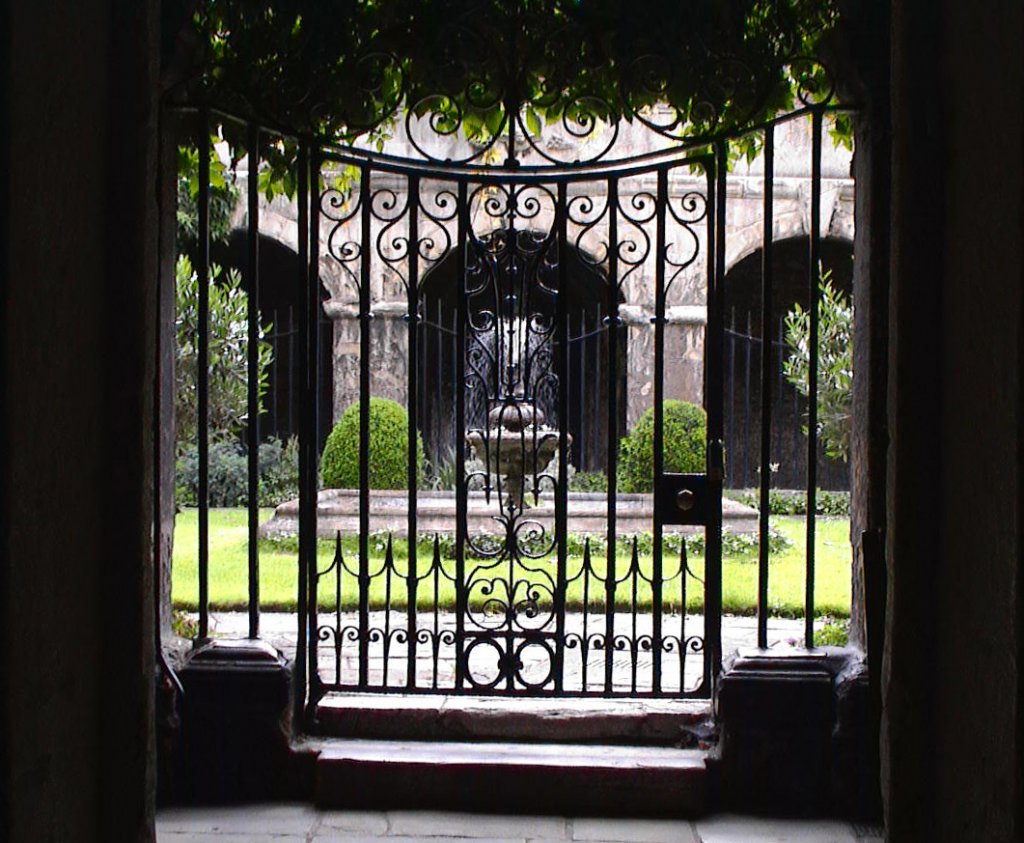
The Westminster Abbey is referred to by Englishmen as a “treasure house of artifacts” with a unique architectural design of its own. The wrought iron art is an inseparable part of it: from lattices to chandeliers and gates the royal church represents an elegant museum and place of worship.
The cloisters were the center of the monastic life and special attention was paid to their design. The Small Cloister at the Abbey, for instance, was a perfect place for quiet contemplation and was kept private by the ornamented wrought iron gates and fences with exquisite details.
Casa de las Conchas, Salamanca Spain
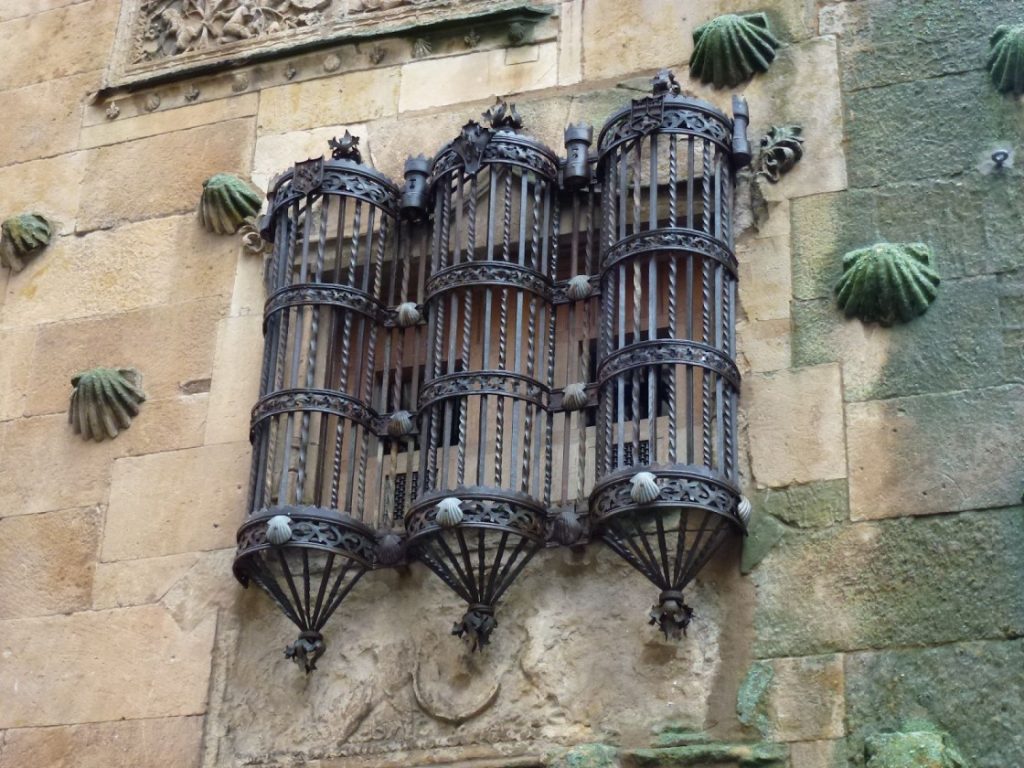
Casa de las Conchas or The House of Shells in Salamanca is a unique building designed by Rodrigo Arias de Maldonado – a knight of the Order of Santiago. The first thing you’ll notice in the building is without a doubt the countless shells, adorning the building facade: over 300, to be exact, that save from serving as a beautiful decorative piece they were also the symbol of the Santiago Order.
The Gothic wrought iron grills are another quite fascinating architectural feature typical for this project. Each wrought iron window grill has a different intricate shape revealing the artistry and impeccable creative skills of Spanish craftsmen.
Bradbury Building, Los Angeles
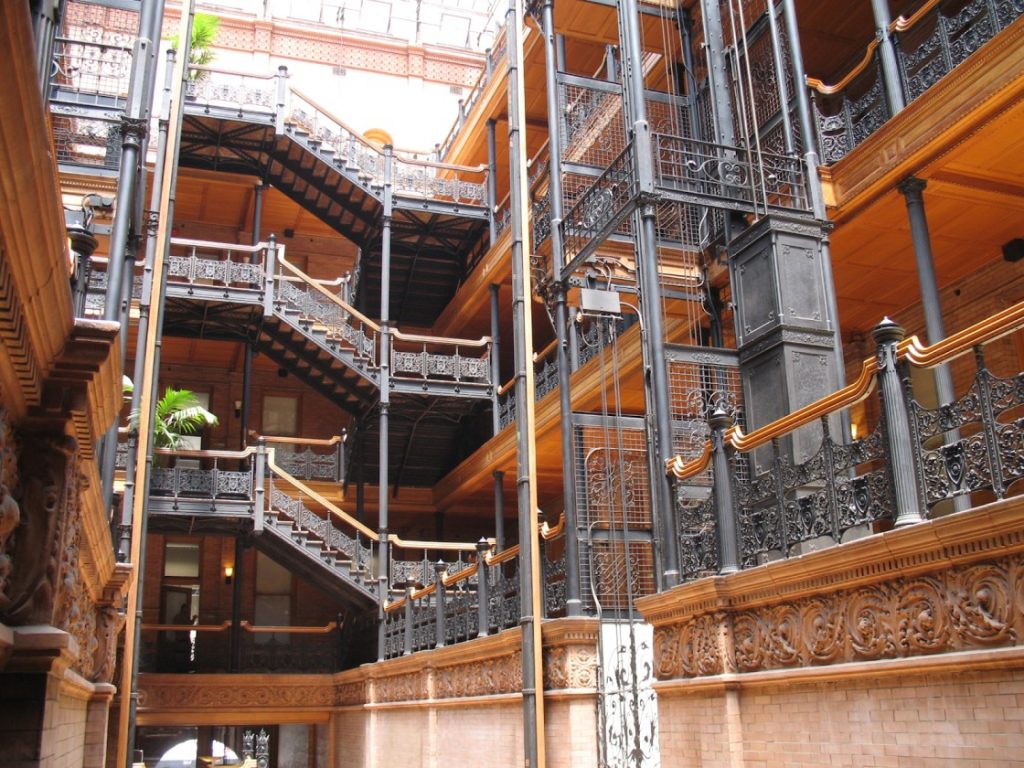
Commissioned by the gold-mining millionaire Lewis L. Bradbury the Bradbury Building was constructed in 1893 and was originally designed as an office space. It is a renowned architectural landmark in LA, California, famous for its light-filled 50 feet-tall Victorian court with open cage elevators fenced by wrought-iron grillwork, marble stairs, and lavish oak and wrought iron railings.
The classy interior design paired with the exquisite wrought ironwork invokes a sense of luxury and extravagance. Hollywood has long noticed its captivating potential and the building has often been featured in movies.
Premier Iron Work
Cacciola has been in the business for over 35 years and continues to take steps into the future of ironworks. Driven by family tradition in quality work we offer state-of-the-art techniques and unique designs for builders, architects, and private residences.
We pride ourselves on offering superior customer service, high-quality products, and custom solutions for our clients. We believe in the quality of our product and our main objective is customer satisfaction. We invite you to browse our website and see why Cacciola Iron Works is a premier ironwork company.


